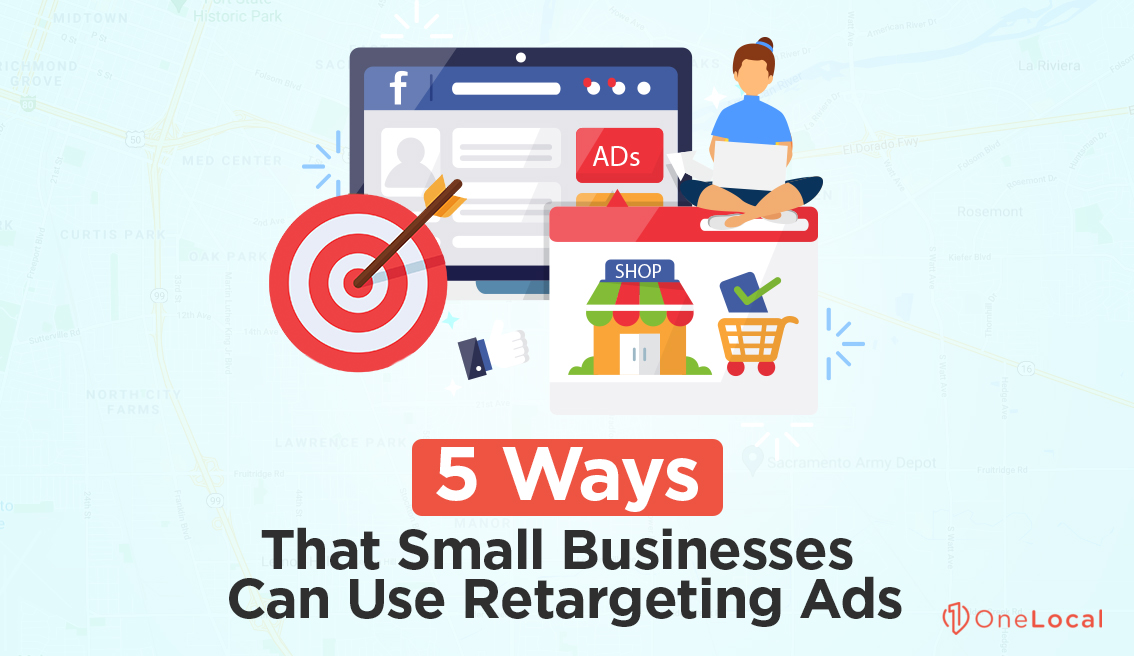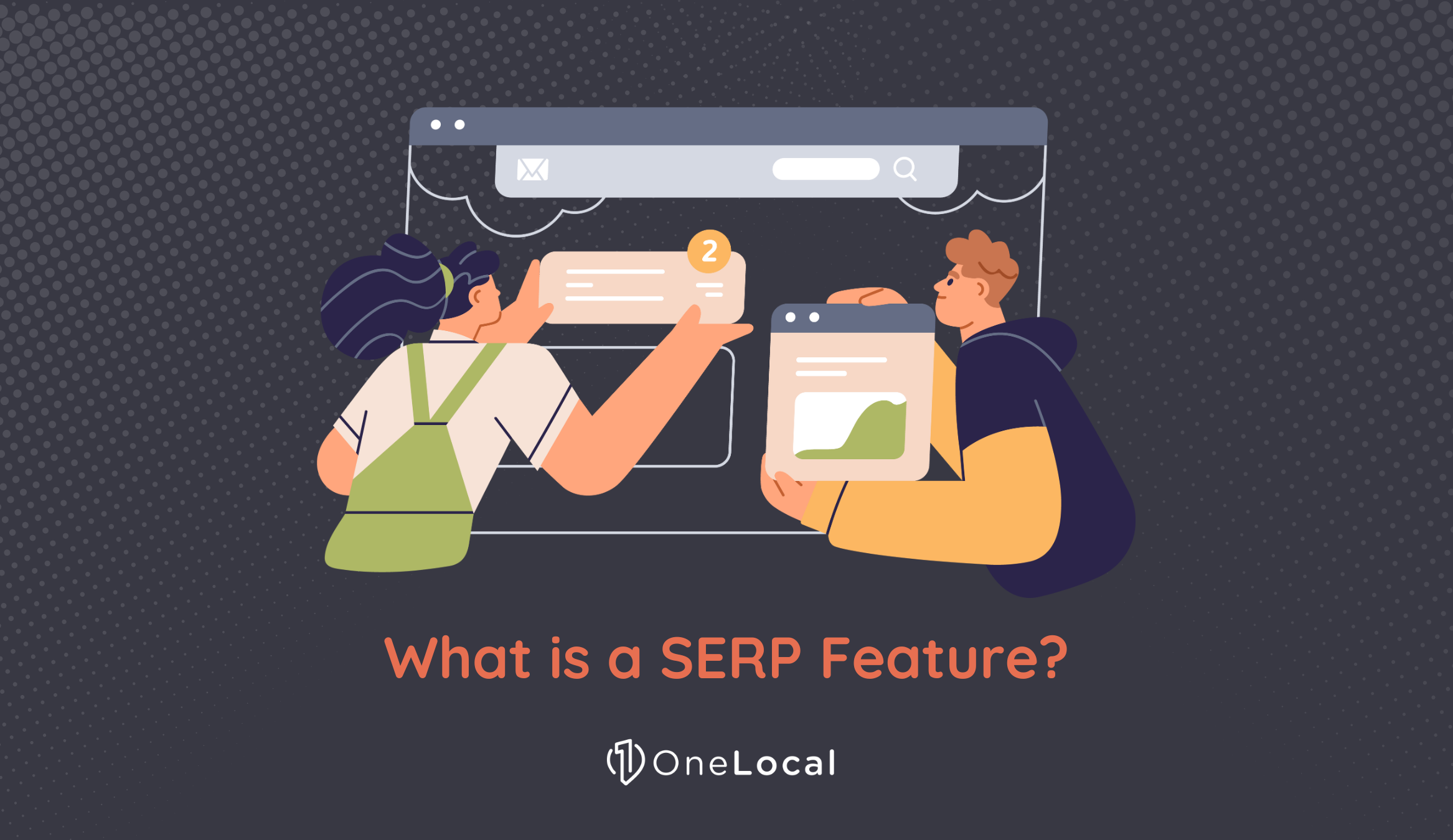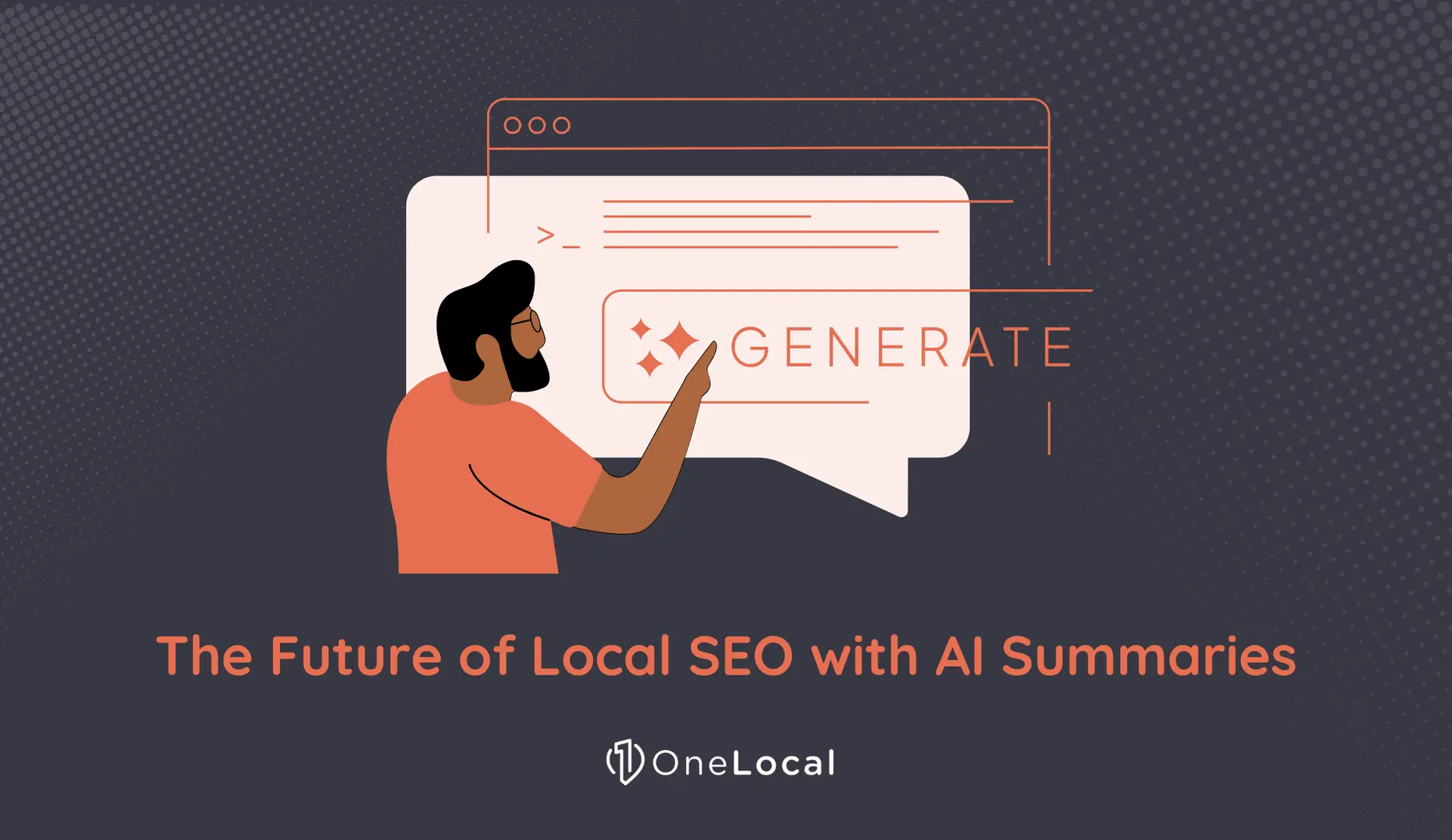Retargeting is one of the coolest marketing strategies to come about in the modern age of digital marketing. It’s something that wasn’t possible until developments in advertising, tracking, and marketing technologies were created, but it’s one of the most powerful tools for a modern local business to use. SMBs worldwide use it to boost conversions, increase profits, and reduce the cost per objective of their paid advertising. So, what is it, and how can you use it for your small local business?
What is Retargeting and How Does it Work?
First of all, let’s talk about what retargeting is.
The concept is pretty simple. To understand it, look at a typical scenario.
A user finds your business. They become aware of you, possibly through advertising, possibly by driving by your location, possibly by word of mouth. They visit your website, check it out, and leave. The vast majority of people who visit your website aren’t ready to make a purchase, so you don’t expect them to, and that’s fine.
How do you reach that person again?
In the past, you were limited to the channels you used to reach them the first time. That’s fine if you’re reaching them through a billboard on the route they drive to work every day, or the magazine they read every month, or a website they visit every week. It’s significantly more challenging if the way they found you in the first place was through mention from a friend, or a visit to a location they don’t typically pass, or advertising you can’t afford to keep running.
What if you could tag that person somehow? What if you could mark them so that you can, later, run advertising specifically targeting the people you’ve marked as “people who have visited my website in the past”?

You already know this audience is people who are interested in you. They’ve visited once before. Maybe they didn’t like what they saw and didn’t care for your business, but maybe they would love to make a purchase and just had to discuss it with a partner, wait for a paycheck, or order from home instead of work. It would be great to reach these people again.
With traditional advertising channels, you can’t reach these people again with any consistency because you have no way of knowing who they are.
However, with modern marketing tools like Facebook and Google ads, you can tag users who visit your website – and even specific pages on your website – and build a custom audience out of just those people. Then, you can pay for advertising to a limited audience made up solely of those people.
That’s what retargeting is. Your initial ads take a vast audience and filter it down into people who are at least interested enough by your messaging to click through to your site. Your retargeting ads target those people – literally “re”-targeting them – and offer them a deeper or more compelling proposition based on their existing experience with your site.
The Many Benefits of Retargeting for Local Businesses
Retargeting has a lot of potential benefits, especially for local businesses. You can probably intuit many of them, but we’ll make it more explicit for you.

Here are just a few of them:
- It helps reduce costs. You run ads to a narrower and more interested audience, which has a higher conversion rate and a lower cost to target than broad-spectrum ads.
- It helps attract repeat, loyal customers. Studies show that repeat customers spend 67% more than first-time customers, on average.
- You can assume a basic level of knowledge. With broad-spectrum ads, you’re reaching people who might not have ever heard of you before. With retargeting ads, you know they’ve at least heard of your brand and visited your site before, so you can assume some basic knowledge and go from there.
- You can further divide your audience. The first ads separate “all possible people you could reach” into “people who are interested,” and then further retargeting ads help you separate that into “people who are slightly interested,” “people who are deeply interested,” “people who have purchased before,” and other useful audiences, all of which can be targeted in different ways.
- You can combine it with geotargeting to create a powerhouse of advertising.
All of these benefits can be great for a local business. We know you’re usually operating on a tight budget for advertising, and one good season can make or break your budget for the following year. Retargeting helps you spend the money you have more effectively, bring in better returns, and set you up for greater success.
Now, let’s talk about how you can use them. Remember that retargeting has to be done through a platform that supports it, which is usually going to be Facebook and Google. All of our techniques are designed to work on any platform, though, so we’re talking in more general terms. Here are our favorite techniques.
1: Target Visitors to Your Contact Page
One of the best options is to set up tracking specifically on your contact/about page.
Many local businesses do not have online storefronts they can use to sell items. You’re trying to use your website to funnel people to your store, which means people will visit your contact page to view information like the map with your address on it, your phone number, and your store hours. All of this is important when they want to visit, but what happens if they forget they wanted to visit?
Setting up tracking through Google Analytics and the Facebook Pixel allows you to monitor and build an audience specifically out of people who have visited your contact page.

Once you set up this audience, you can target those users with ads that push them to visit. You know they know who you are, where you are, and how to find you, so all you have to do is convince them they want to visit.
- Remind them the reason they were interested, like the main value proposition for your primary items.
- Remind them of a sale that might be ending soon, to give them the Fear Of Missing Out (FOMO) that pushes people to buy.
- Offer some form of incentive, like “mention this ad and get 10% off your first purchase!”
The best part is, you can try out all of these ads, using split testing to see which versions work best on the same audience.
2: Convert Clients to Email Subscribers or Followers
One of the most incredible resources any business has is its newsletter.

Email newsletters are excellent:
- They’re independently under your control. You don’t have to worry about an algorithm like Google’s search filtering or Facebook’s news feed getting in the way of your audiences seeing your messages.
- They’re self-filtered. A dual opt-in means users only end up on your mailing list when they want to be and have verified their desire. This makes them some of your most engaged users.
- They’re less beholden to external platform rules. You still have to abide by anti-spam rules and laws, but you don’t have to worry about what language Facebook says you can use, and so on.
Email subscriptions are a great filter for your retargeting audiences. So, here’s what you do.
Set up a newsletter if you don’t already have one. You can use that list of emails to remove them from your general retargeting pool if you already have one.
Build that general retargeting pool. Anyone who has visited your website gets added to the pool and removed if they’ve already signed up for your mailing list.
This leaves you with a list of people interested enough in your brand to visit your website but not interested enough to sign up for your mailing list. Since they’re unlikely to make a purchase yet, you can go for the “soft sell” of an email sign-up. Push ads that promote your newsletter with the unique value and offers that attract them the most.
Once they sign up, you can remove them from the list and add them to a different list, which can be used to market to people already on your newsletter (in conjunction with messaging in your newsletter, of course.)
3: Remind Users of Special, Limited Offers
Whenever you have a special offer, a sale, a time-limited deal, or another offer, you’re going to be promoting it through various channels. How can you remarket with it if you’re using it on every channel already?
Set up a special landing page for that deal on your website, and tag that page in your advertising. Everyone who visits that page specifically can be added to a retargeting audience. You know they were interested enough to check out the deal, but for one reason or another, they decided not to make a purchase, claim an offer, or take whatever action it is you’re pushing.
So, use this retargeted audience to remind them of the deal. One of the biggest reasons people don’t convert when they see a deal they like is timing. Maybe they saw it when they didn’t have their credit card on them, or they needed to discuss it with a family, or they needed to wait for a paycheck, or they just wanted to schedule it differently. Whatever the reason, by reminding them of the offer in a different context and at a different time, you can capture people when they’re able to make the purchase.

If your special or deal is only available in person, it can be hard to track digitally. You can request they use a unique code or even give you their phone number or email address; to cross-check against your existing audience. It’s a little limited, and some people will refuse, but it helps.
4: Engage Lapsed Customers
Here’s a clever use of retargeting for you.
Over time, customers fall out of your orbit. Emails slowly stop being opened, or users unsubscribe. People who visit your website regularly might start showing up less frequently until they stop altogether. People who once saw your Facebook posts all the time no longer see them due to the whims of the algorithm.
You know these customers were once engaged users, but some factors caused them to slip away. Some might have moved out of the area or found an alternative to your business they like more. Others, though, got distracted, lost interest, or got too busy to visit as much as they used to.

Develop a retargeting audience of people who have lapsed and haven’t visited in a while. This audience is great to engage with older customers and even existing customers who just haven’t been around recently. There are probably a lot of those these days.
You already know these people liked you, so start from there with your messaging. “We miss you! Do you miss us? Why not come check out our new products…”
5: Cycle Conversions
If someone is engaged enough to take a conversion action, like signing up for your mailing list, they’re probably engaged enough to take another one. So, you can build a grid of audiences.

Let’s say you have three conversion actions a user can take. They can sign up for your email list, they can follow you on Facebook, and they can follow you on Instagram. You can then create several audiences:
- People who have followed you on Facebook, but not the other two.
- People who have followed you on Instagram, but not the other two.
- People who have signed up for email, but not the social networks.
Each of these can use ads to market one of the others. This leaves you with new audiences:
- People who have signed up for Facebook and Instagram, but not email.
- People who have signed up for email and Facebook, but not Instagram.
- People who have signed up for Instagram and email, but not Facebook.
You can then market to these people to get the trifecta. That leaves you with an audience that has taken all of those conversion actions, which you know is highly engaged, and you can market them with more actions, like claiming offers or just coming in to make a purchase.
Wrapping Up
Retargeting is one of the most powerful techniques available to a local business, and it helps you drill down through your audience into the most engaged customers out there. The trick is in bookkeeping.
That’s why we offer a local-focused, advertising-first product that can help manage all of those tricky details for you while optimizing your ad spend and getting you the best results for your money. Why not contact us today to give it a look?

Rachel Solway is a seasoned marketing professional dedicated to empowering small businesses through innovative marketing strategies. With extensive experience at OneLocal, a leading marketing solutions provider, Rachel’s insights are helping thousands of local businesses navigate the digital landscape.








